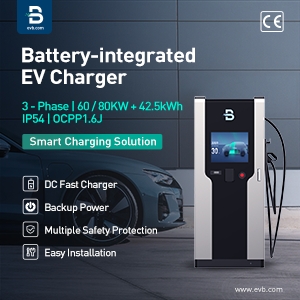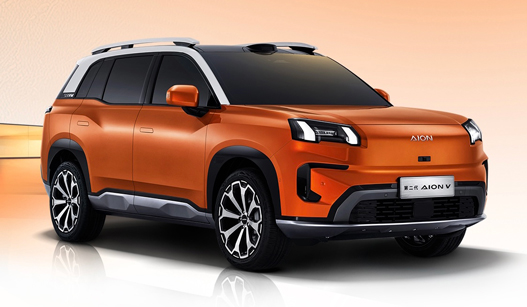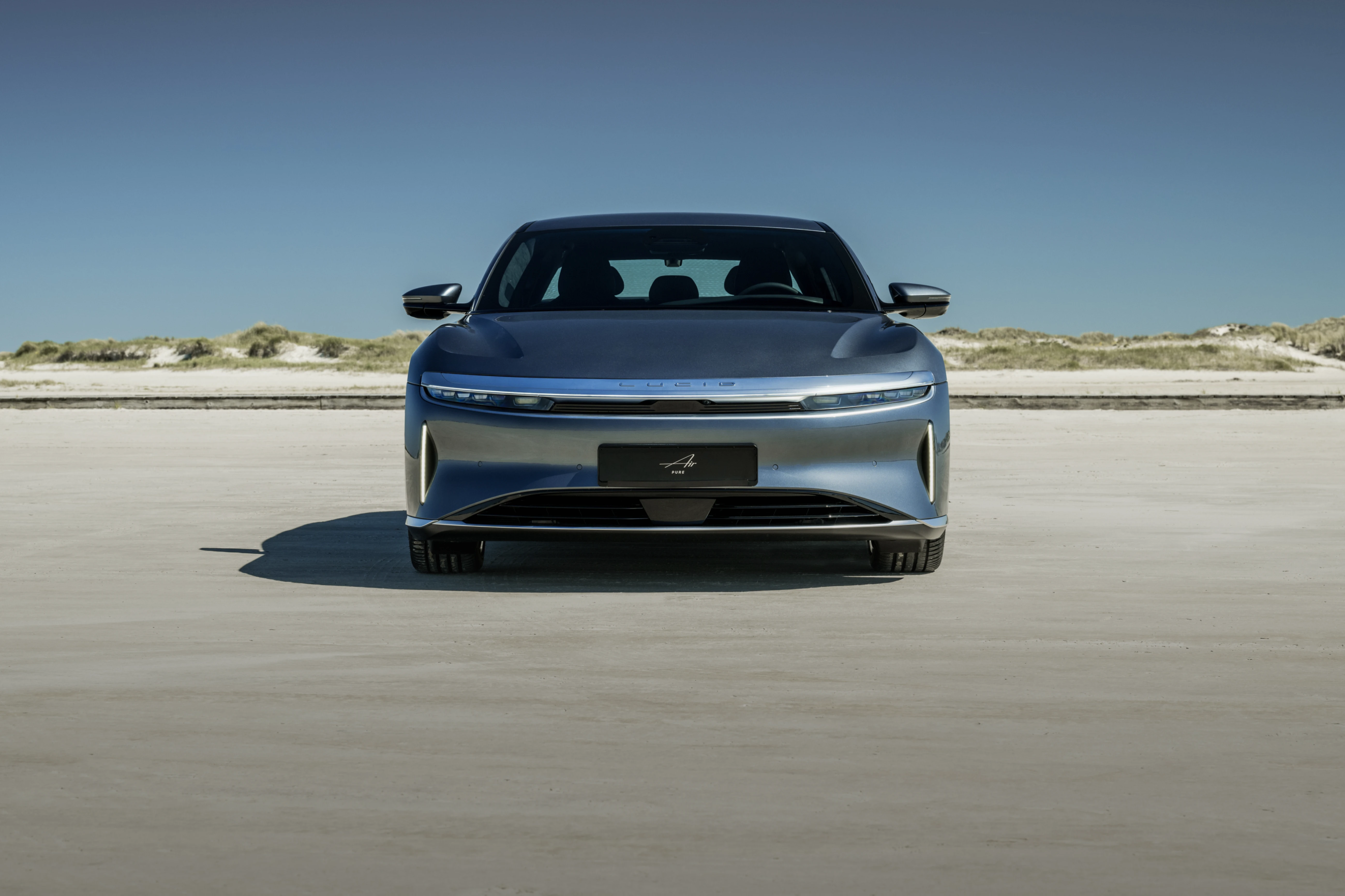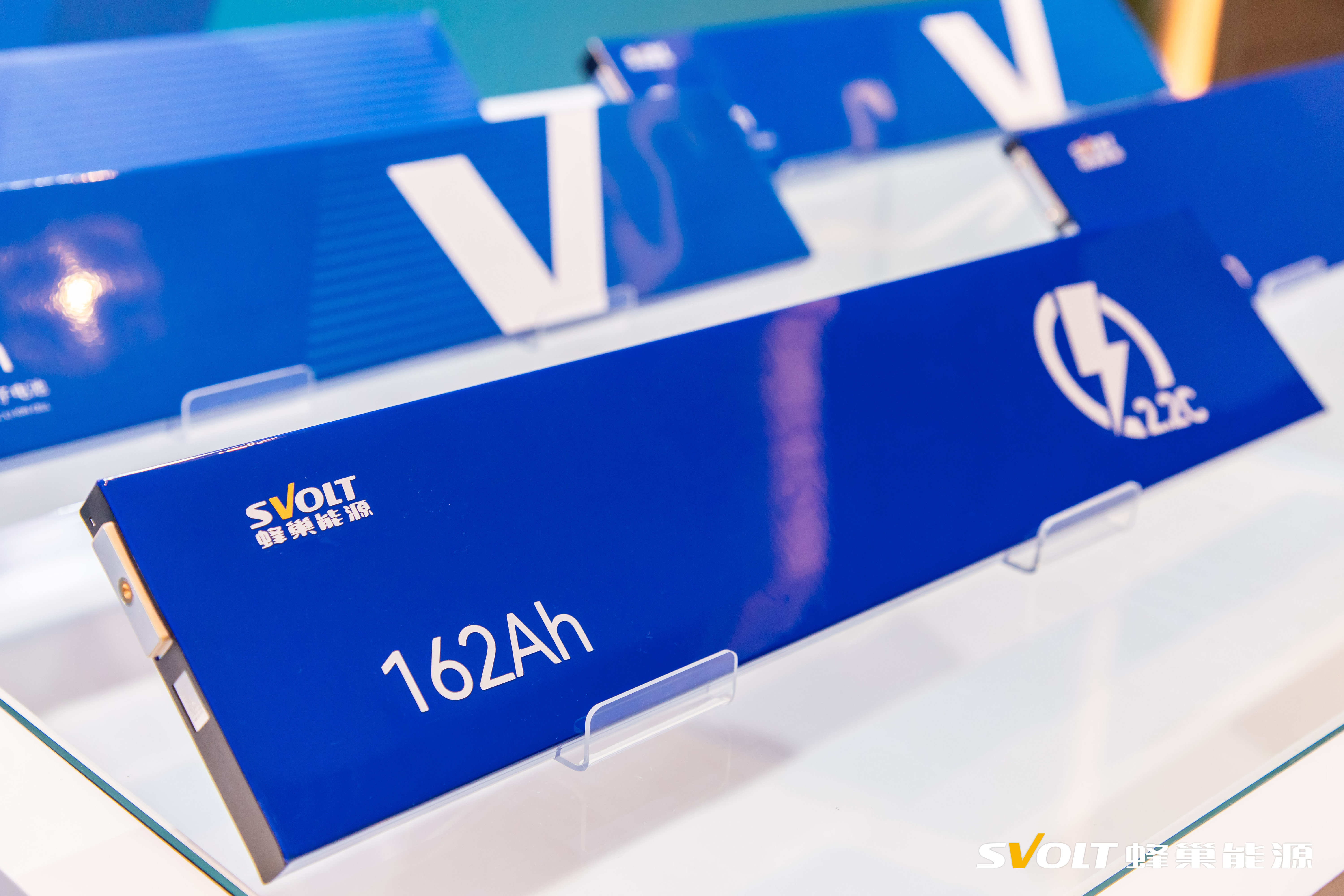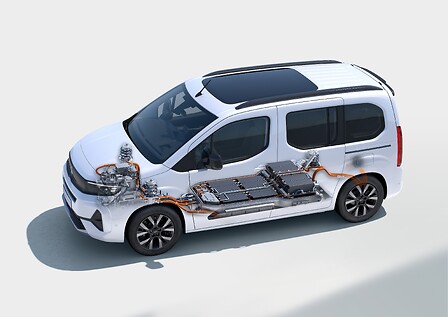The BYD Dolphin is now finally available to pre-order in China. This affordable electric car is packed with nice features and has many different versions to choose from, so let’s check them out.
BYD Dolphin Vigorous version
- Length: 4.070 mm
- Wheelbase: 2.700 mm
- Width: 1.770 mm
- Height: 1.570 mm
- Tire specifications: 195/60 R16
- Gross vehicle weight: 1.660 kg (with passengers and cargo)
- Curb weight: 1.285 kg (empty vehicle)
- Motor: 70 kW and 180 N.m of torque
- Max speed: 150 km/h
- Battery capacity: 30,72 kWh
- Battery chemistry: LFP (LiFePO4) Blade battery by BYD
- Range: 301 km (NEDC), roughly 225 km in WLTP
- Consumption: 10,3 kWh/100 km (NEDC), roughly 13,7 kWh/100 km in WLTP
- On-board charger: 7 kW
- Fast charging: 40 kW (from 30 to 80 % in 30 minutes)
- Starting price (after subsidy): 96.800 yuan (12.684 euros)
BYD Dolphin Free edition
- Length: 4.125 mm
- Wheelbase: 2.700 mm
- Width: 1.770 mm
- Height: 1.570 mm
- Tire specifications: 195/60 R16
- Gross vehicle weight: 1.780 kg (with passengers and cargo)
- Curb weight: 1.405 kg (empty vehicle)
- Motor: 70 kW and 180 N.m of torque
- Max speed: 150 km/h
- Battery capacity: 44,928 kWh
- Range: 405 km (NEDC), roughly 300 km in WLTP
- Consumption: 11 kWh/100 km (NEDC), roughly 14,7 kWh/100 km in WLTP
- On-board charger: 7 kW
- Fast charging: 60 kW (from 30 to 80 % in 30 minutes)
- Starting price (after subsidy): 106.800 yuan (13.994 euros)
BYD Dolphin Fashion edition
- Length: 4.125 mm
- Wheelbase: 2.700 mm
- Width: 1.770 mm
- Height: 1.570 mm
- Tire specifications: 195/60 R16
- Gross vehicle weight: 1.780 kg (with passengers and cargo)
- Curb weight: 1.405 kg (empty vehicle)
- Motor: 70 kW and 180 N.m of torque
- Max speed: 150 km/h
- Battery capacity: 44,928 kWh
- Range: 405 km (NEDC), roughly 300 km in WLTP
- Consumption: 11 kWh/100 km (NEDC), roughly 14,7 kWh/100 km in WLTP
- On-board charger: 7 kW
- Fast charging: 60 kW (from 30 to 80 % in 30 minutes)
- Starting price (after subsidy): 111.800 yuan (14.649 euros)
BYD Dolphin Knight edition
- Length: 4.150 mm
- Wheelbase: 2.700 mm
- Width: 1.770 mm
- Height: 1.570 mm
- Tire specifications: 205/50 R17
- Gross vehicle weight: 1.825 kg (with passengers and cargo)
- Curb weight: 1.450 kg (empty vehicle)
- Motor: 130 kW and 290 N.m of torque
- Max speed: 160 km/h
- Battery capacity: 44,928 kWh
- Range: 401 km (NEDC), roughly 300 km in WLTP
- Consumption: 11 kWh/100 km (NEDC), roughly 14,7 kWh/100 km in WLTP
- On-board charger: 7 kW
- Fast charging: 60 kW (from 30 to 80 % in 30 minutes)
- Starting price (after subsidy): 124.800 yuan (16.352 euros)

The names of the versions were translated from Chinese to English by Google, so don’t give it too much credit. Anyway, while more expensive the Knight edition seems worth it. It’s packed with safety features that you normally don’t see in a car this price, such as:
- Adaptive cruise system (ACC-S&G)
- Forward collision warning (FCW)
- Automatic emergency braking system (AEB)
- Lane Departure Warning (LDW)
- Active Lane Keeping (LKS)
- Traffic sign recognition (TSR)
- Traffic Congestion Assist (TJA)
Moreover, the two most expensive versions come with a “driving recorder”, which I assume it’s a dashcam. I don’t know why dashcams aren’t standard yet in every new car, they help enormously in the case of an accident and the two parts don’t agree on what really happened. In some cases it can even help to lower your insurance premiums.
Nonetheless, all versions come with nice features as standard, such as:
- LED headlights
- Heat pump for an efficient automatic air conditioning and good battery care
- Bluetooth and NFC keys so you can open your car with your smartphone
- OTA (over-the-air) remote firmware updates

You probably already know by now what I think about this electric car. At this price point nothing comes close, it really offers great value for money.
However, I also think that BYD needs to introduce a global version to be sold worldwide early next year with a bit more range and faster charging. A version with a WLTP range of 400 km and a fast charging rate of 100 kW will make this electric car not only dominate the entry-level market, but also the mid range.
What do you think? Is the current “Knight edition” enough for you - if sold at the right price -, or do you really want more range and faster charging?
More info:
https://www.bydauto.com.cn/auto/dolphinlive.html
https://www.bydauto.com.cn/auto/carShow.html-param=%E6%B5%B7%E8%B1%9A


















